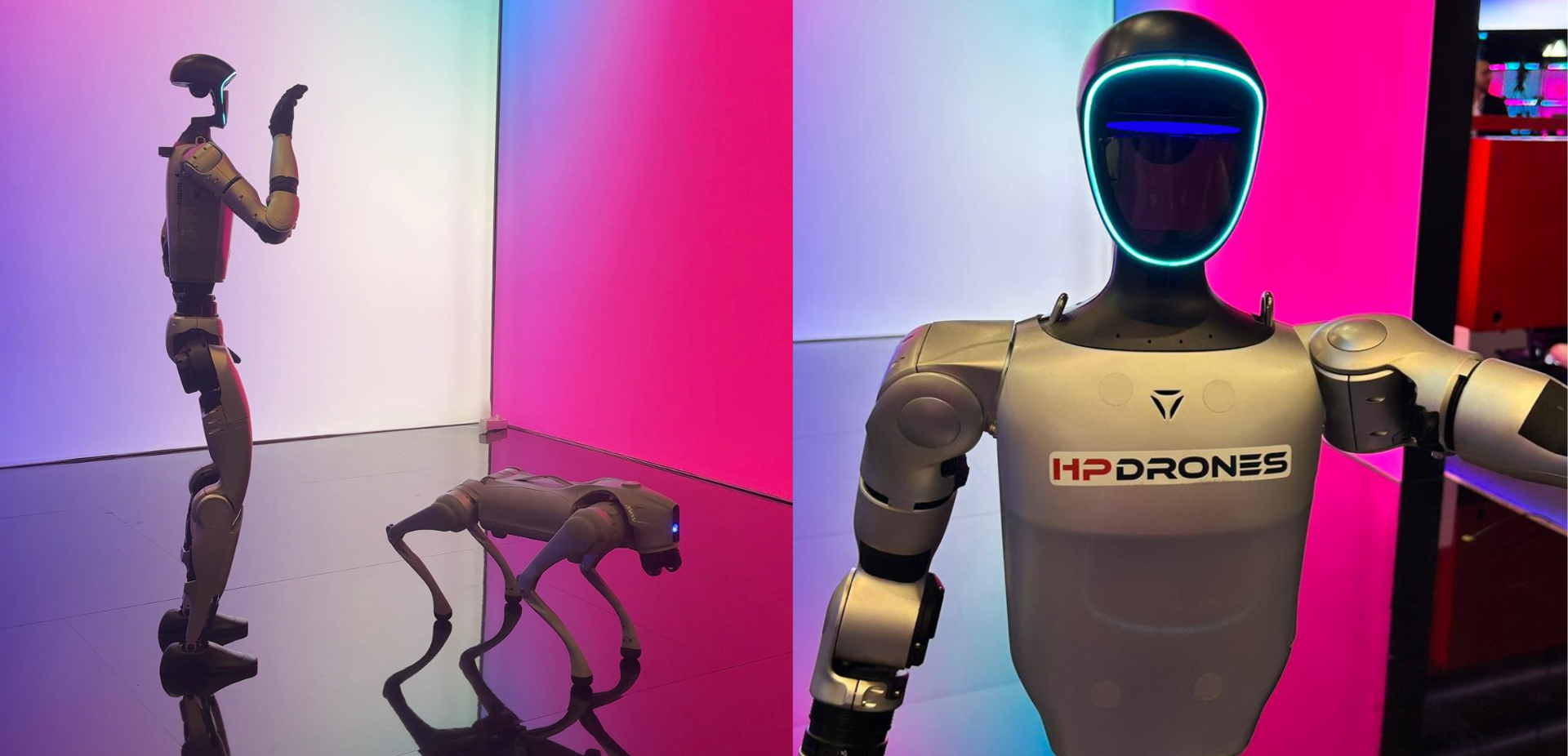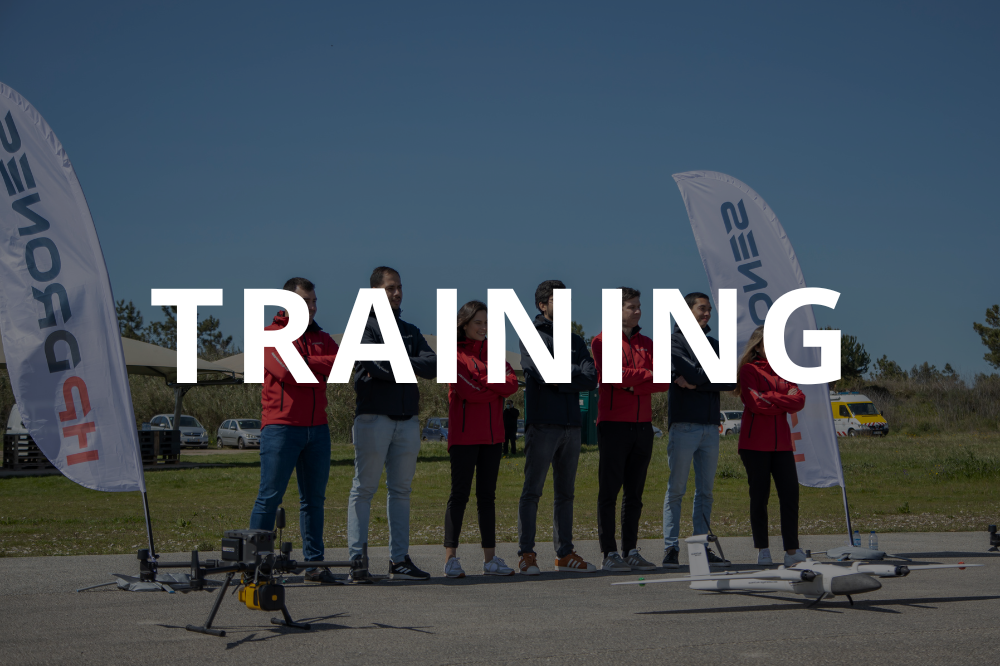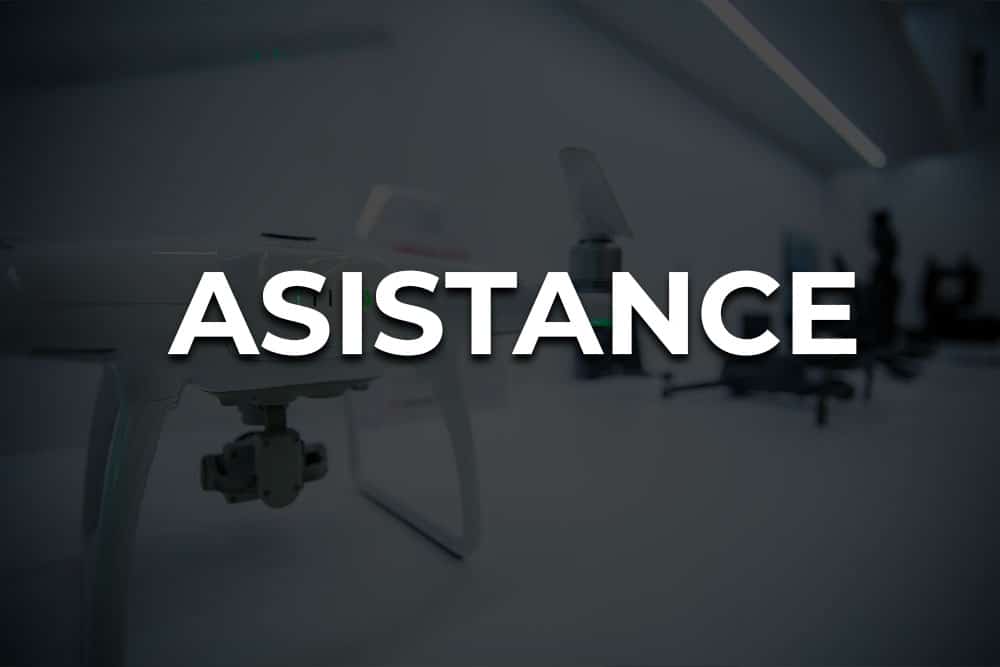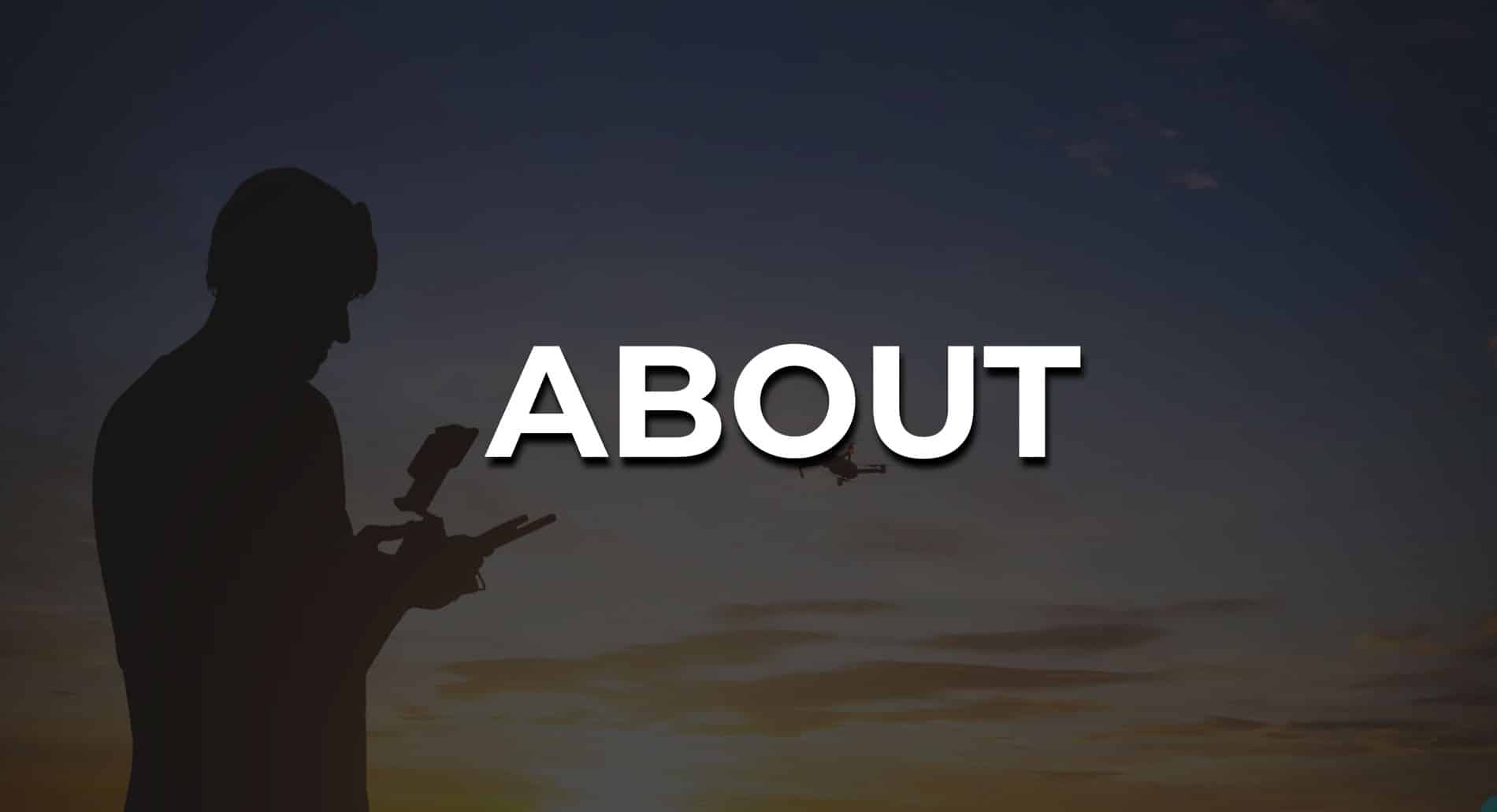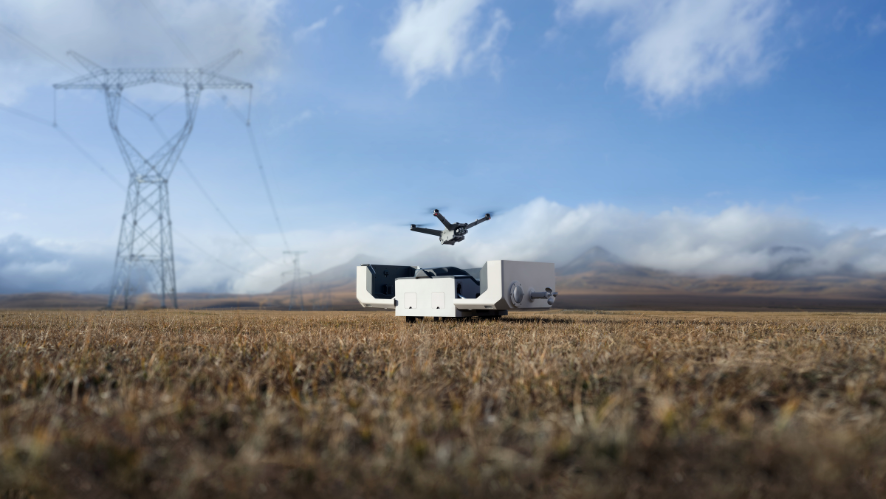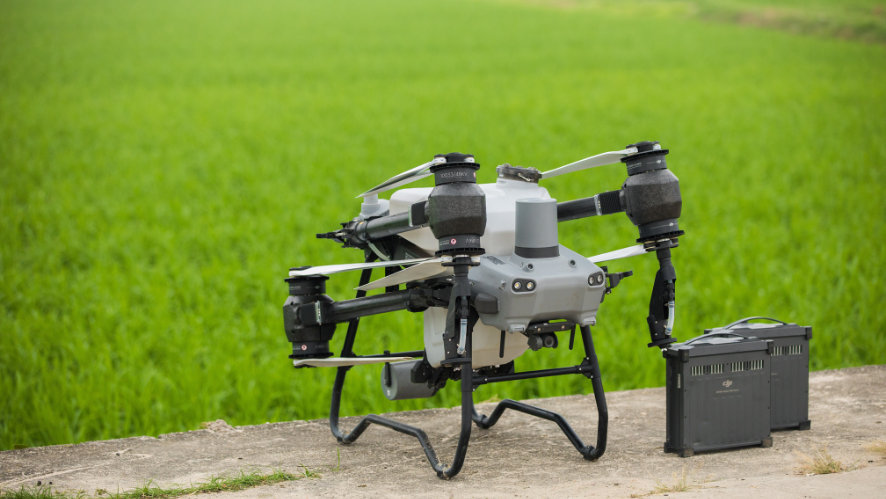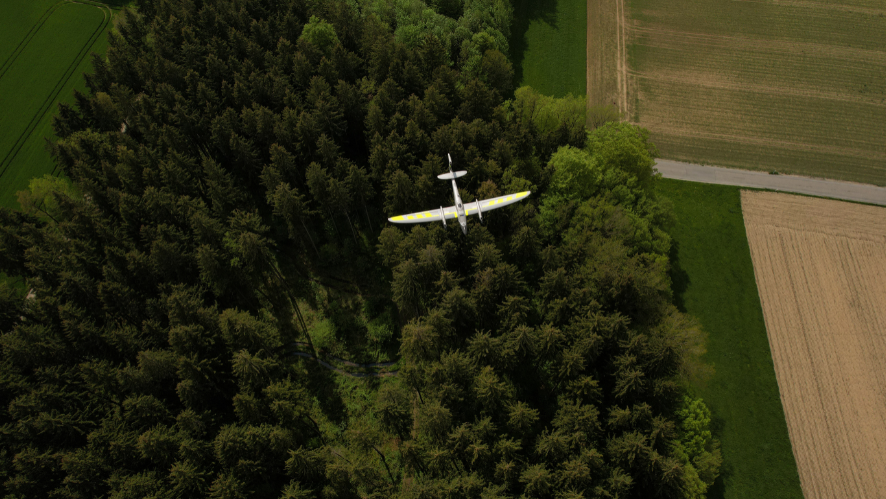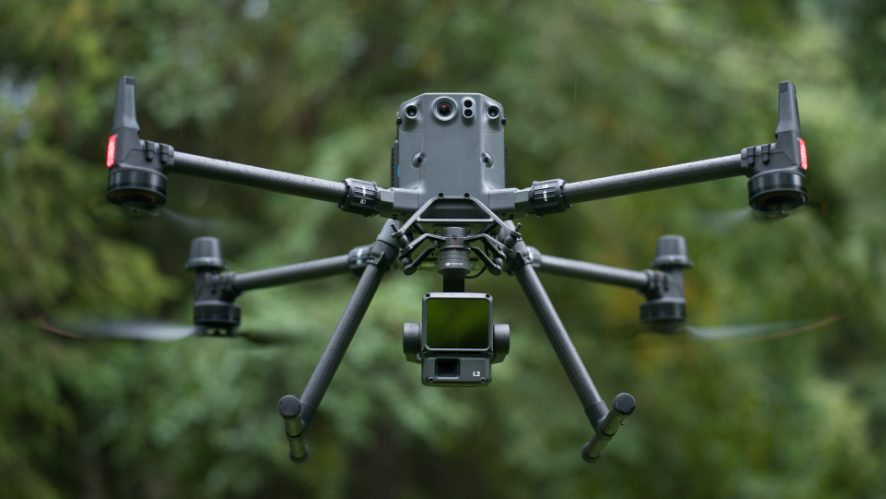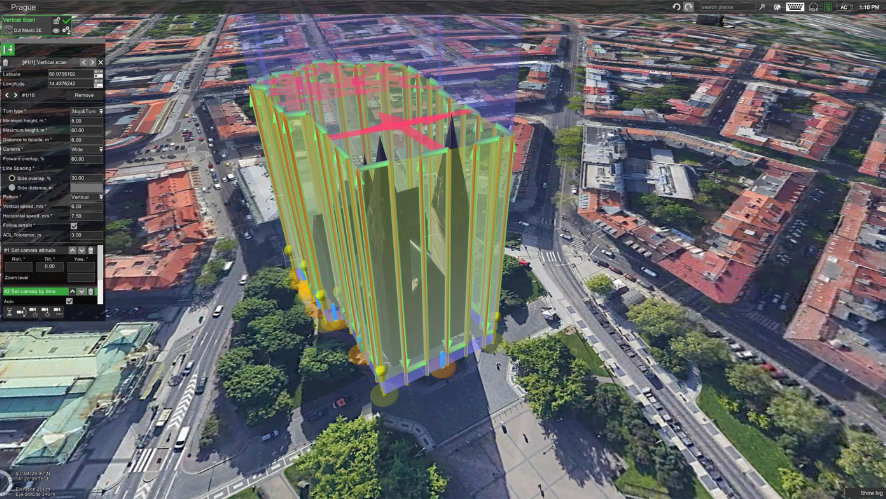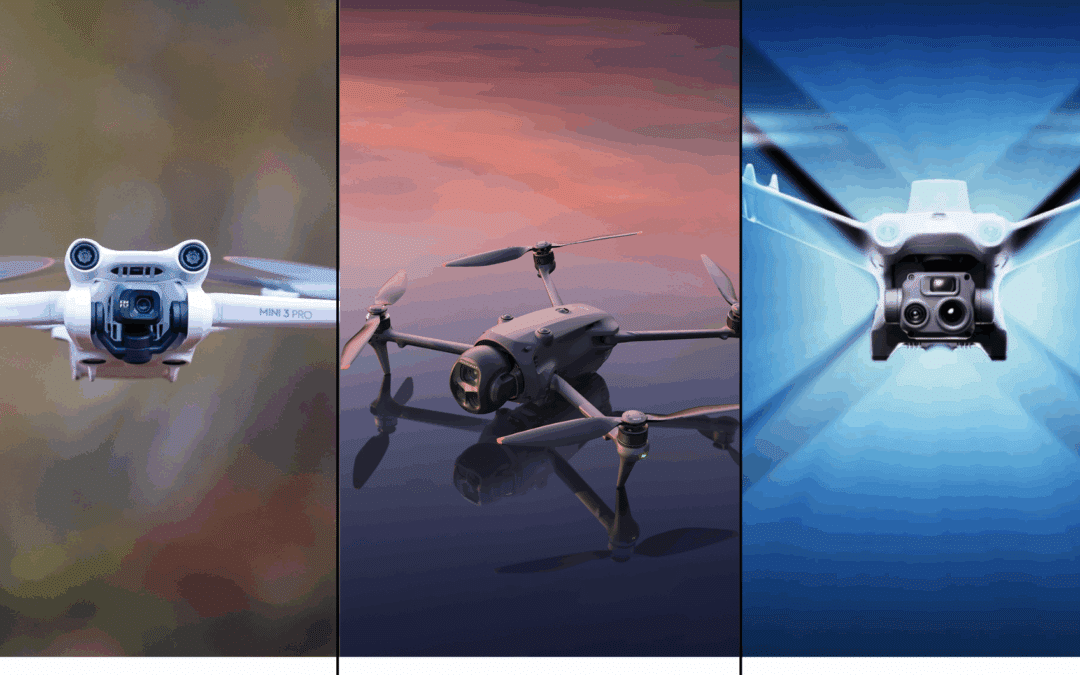Image and Creativity
If you’re a photographer, videographer or drone enthusiast, you know that innovation is in the air – literally. Drones are no longer just technological gadgets and have become true creative allies. With them, your artistic eye takes on a new dimension, capturing angles that were previously only possible with big budgets. In this article, we explore how to integrate drones into your creative flow and turn simple flights into pure visual art.
1. The Aerial Perspective: A New Chapter in Your Creativity
With drones, the composition is no longer two-dimensional. It starts to work with real depth, natural geometric lines and dynamic elements such as shadows, movement and light. For photographers, this means adding layers to the visual narrative. For videographers, it opens up a universe of fluid movements, cinematic tracking shots and breathtaking shots.
2. Drones as a Creative Tool: More than a Toy
It’s not just about capturing images from above – it’s about how you use this creative freedom. Do you want to highlight agricultural patterns, symmetrical streets or the solitude of a lighthouse by the sea? All this takes on new power when seen from above. Many professionals already use drones as part of their essential kit, alongside DSLR cameras, gimbals or specialized lenses.
3. Aerial Composition: Visual Tips for Professionals
- Think in layers: combine elements in the foreground (such as treetops) with the background (mountains, sea, city).
- Take advantage of shadows: in low light, shadows create interesting patterns seen from above.
- Play with symmetry and repetition: ideal for urban or agricultural environments.
- Explore movement: tracking shots with moving objects (cars, people, cyclists) add dynamism.
4. Commercial Work with Drones: A Market Differential
Clients love differentiation. Whether for weddings, real estate, corporate events or tourism, the use of drones is a visual asset. Include aerial shots in your projects and stand out from the competition. For many, drones are already an essential part of their portfolio – not an optional extra.
5. Legality, Safety and Good Practice
Professionalism also means responsibility. Make sure you fly within current legislation (such as ANAC or EASA rules), avoid no-go zones and respect the privacy of others. Invest in training, certification and insurance. Your credibility flies alongside your drone.
Drones are now powerful tools in the hands of visual creators. They’re not just technology – they’re extensions of your artistic eye. If you’re a photographer, videographer or just passionate about images, this is the ideal time to explore new heights. The sky’s not the limit – it’s just the beginning.
Have you integrated drones into your projects? Share your experience or your favorite aerial images with us. Let’s get inspired together!
_____________________________________________

